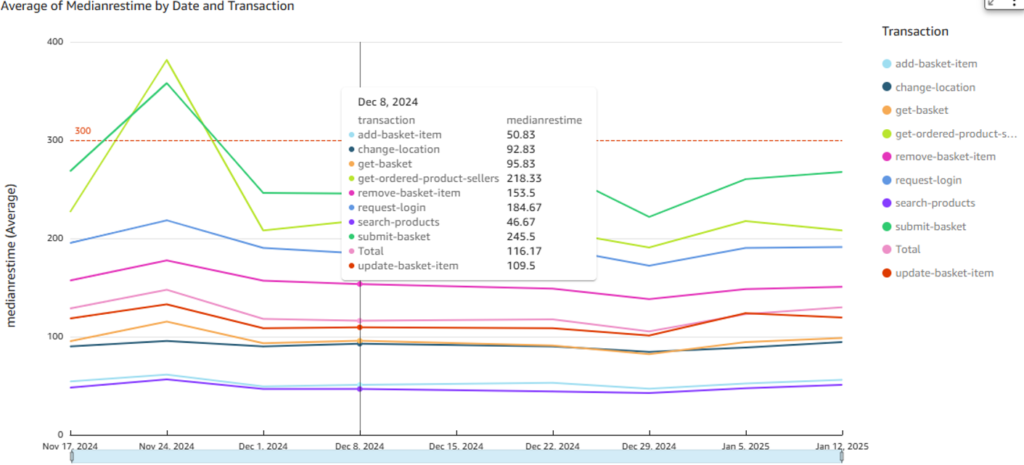
Things to Consider When Integrating a Customer Portal into Your Business Systems and ERPs
Integration is essential in today’s world, where customers increasingly expect transactions and updates to occur instantaneously. This requires businesses to strategically evaluate how their customers interact with them. Companies that prioritise customer-centric approaches often experience greater success. But how does this tie into technology and the integration of systems?
For years, businesses have pursued integration as a means to improve back-office efficiency and minimise administrative workloads. Today, this trend has evolved. Integrations are no longer just about internal efficiency; they have become critical to enhancing customer experience. But what does integration entail, what might it look like, and why is it so vital?
What is Integration?
Integration is defined as the process of combining components to function as a unified whole. At its core, integration creates seamless connectivity between systems, fostering a smooth, instantaneous flow of information across the business. This concept goes beyond simply connecting software; it focuses on making disparate systems work cohesively to deliver better outcomes.
The specific implementation of integration can vary based on individual business needs. It could involve connecting a CRM system with inventory software to provide real-time product availability and pricing on a customer portal, like CentrixConnect. It might include linking ERP systems with those of suppliers or enabling automated updates for customers to track orders, access live stock levels, and verify the latest pricing—all from a single, user-friendly interface. For platforms like CentrixConnect, integration might extend to connecting customer ERPs—such as SAP—improving order accuracy, streamlining workflows, and generating actionable data insights.
Why Integrate?
The advantages of integration are substantial, delivering benefits across multiple levels:
- Improved Customer Experience
Customers demand quick, accurate information. Integrated systems reduce lag, ensuring real-time data availability and enhancing the speed and quality of customer service.
- Operational Efficiency
Automation and streamlined data-sharing between systems minimise human errors and reduce repetitive tasks, freeing up valuable time to focus on strategic priorities.
- Data-Driven Decisions
Systems integration provides businesses with a comprehensive view of customer behaviour and preferences, resulting in smarter, data-informed decision-making.
- Strengthened Competitive Edge
Integrated, customer-focused solutions are fast becoming industry standards. Staying ahead requires adopting efficient and thoughtfully designed integrations that keep pace with evolving customer expectations.
Starting with Customer Insights
Interestingly, integration does not begin with technology—it starts with understanding how customers engage with your business. If you already have a digital platform, conducting immersive “day-in-the-life” studies with your customers can yield invaluable insights. This approach helps uncover critical aspects like office ergonomics, decision-making workflows, and operational nuances, all of which influence how digital solutions are utilised and integrated.
For instance, through observations, we discovered that some of our users practise desk sharing. This insight prompted us to adapt our login processes to enhance security while minimising disruptions. Similarly, we noticed that users frequently copy product codes, leading us to implement a copy-to-clipboard feature. This served as a deeper driver for refining how information flows across systems—another prime example of integration in action.
The Value of On-Site Customer Interaction
Spending time with customers, particularly face-to-face, remains an irreplaceable practice, especially in the post-Covid era. It fosters deeper connections and provides clarity on user behaviours that virtual interactions may not fully capture. Many of our most successful innovations have stemmed from on-site visits. Discussing challenges and witnessing how users interact with software in real environments can spark creative, customer-centric solutions that advance the platform.
Data Quality and the Integration Journey
Data quality plays a pivotal role in integration. Information that may serve internal purposes well may not necessarily meet the needs of external, customer-facing interfaces. Deploying CentrixConnect involves evaluating various types of data, including product details, pricing, delivery schedules, and customer profiles. Ensuring data alignment and maintaining high standards of accuracy are fundamental to a successful integration. Poor-quality data can negatively impact customer experiences and result in errors during system synchronisation.
This is where CentrixConnect’s structured implementation process excels. By introducing the customer-facing aspects first, we ensure early value while planning backend interfaces that preserve data flow accuracy. This phased approach minimises disruptions and guarantees a seamless user experience.
CentrixConnect Integration Capabilities
CentrixConnect has robust integration capabilities, designed with cutting-edge, cloud-based architectures. It can communicate effectively with major ERP systems, including those without vendor assistance, significantly reducing implementation costs. CentrixConnect also integrates with various platforms across your business operations to streamline document sharing, pricing updates, product catalogues, and downstream communications like confirmation emails and status updates.
Its flexibility extends beyond mainstream ERPs, allowing it to work harmoniously with in-house solutions, whether built on SharePoint, Excel, or custom-developed applications.
Want to Learn More?
Curious about how CentrixConnect can optimise your business’s customer portal through seamless integration? Fill out our contact form, and a member of our team will be in touch.
If you don’t have an ERP or need more information, we are proud to be an accredited Sage referral partner. Sage UK is a market leader in integrated accounting, payroll, and payment systems, trusted by entrepreneurs worldwide. Additionally, we collaborate with a technology partner that provides full Sage life cycle support—from procurement to implementation. Reach out today to explore the possibilities.


